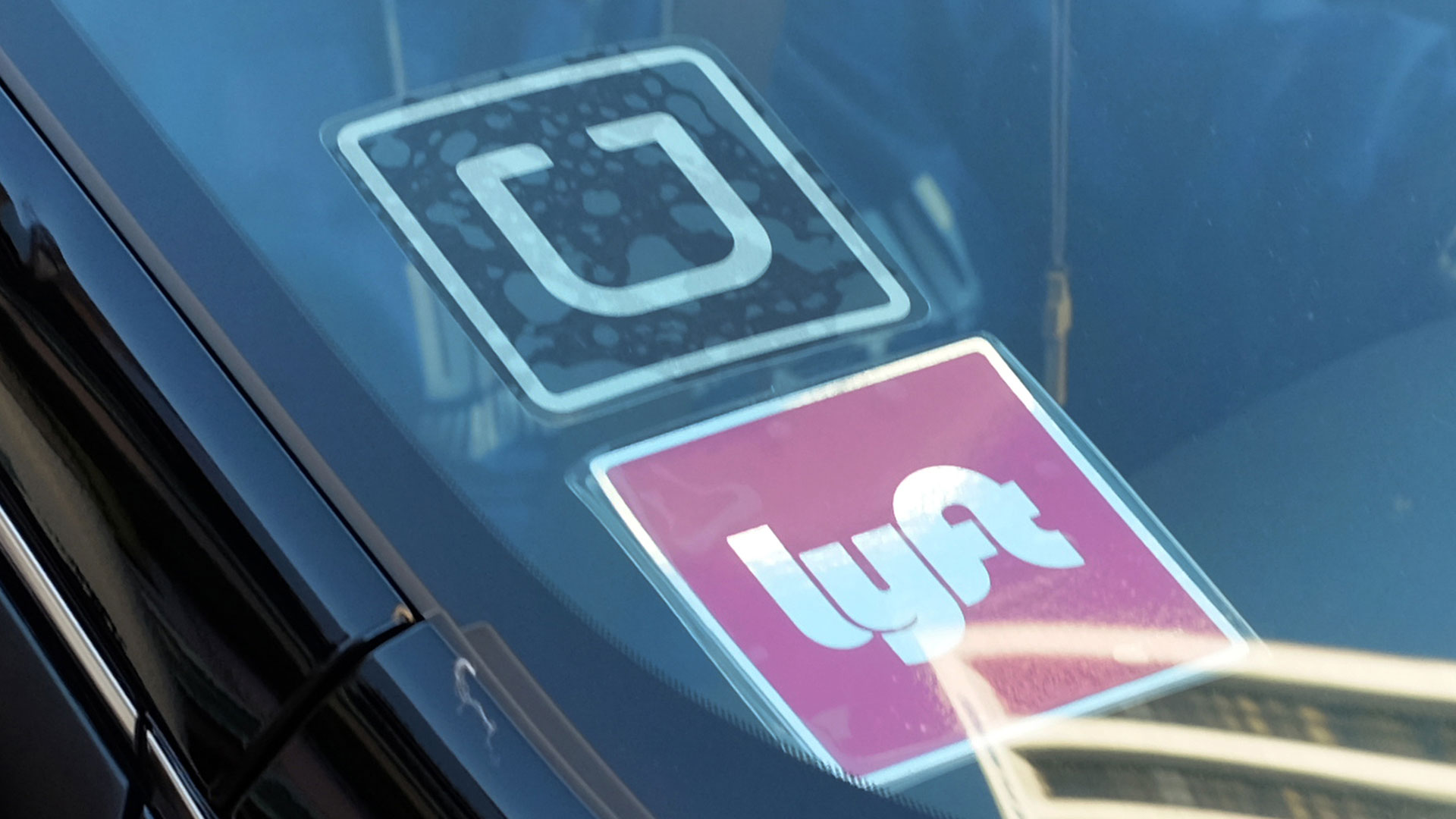

New York may become the first major U.S. city to limit the number of vehicles used for ride-hailing services like Uber and Lyft. The Big Apple’s City Council is considering legislation that would put a cap on ride-hailing vehicles, reports The New York Times.
The explosive growth of ride-hailing services as been a boon to the people that use them, but city officials are concerned that ride-hailing is increasing congestion, and the affect on driver wages. The City Council is considering a bill that would halt issuance of new for-hire vehicle licenses for one year while the city studies the industry. Legislators could vote on the measure as early as Aug. 8, according to The New York Times.
“The City Council’s Uber cap will leave New Yorkers stranded while doing nothing to prevent congestion, fix the subways and help struggling taxi medallion owners,” an Uber statement said. “The Council’s cap will hurt riders outside Manhattan who have come to rely on Uber because their communities have long been ignored by yellow taxis and do not have reliable access to public transit.”
According to The New York Times, one motivation for the cap is the affect ride-hailing services have had on the city’s taxi industry. Taxi licenses, called medallions, can cost tens of thousands of dollars, and New York’s Taxi & Limousine Commission has traditionally limited the number in circulation as a regulatory measure. But the rise of Uber has seen the value of these medallions plummet. Taxi drivers have long argued that ride-hailing services represent unfair competition because they operate under fewer regulations. Drivers also have less financial security if they switch from taxis to ride-hailing.
Because Uber treats its drivers as independent contractors, the company doesn’t offer benefits. Drivers must also pay to maintain their own vehicles, which can severely erode earnings. Alongside the vehicle cap, New York City is also considering minimum pay for ride-hailing drivers. A state labor review board also recently ruled that some Uber drivers must be treated as employees for the purposes of unemployment insurance.
Transit officials also reported this week that increased use of Uber and other ride-hailing services has been a factor in the decline of subway and bus use, according to The New York Times. This is not the first time that ride hailing has been blamed for a decline in public-transit use, although New York’s subway has come under fire recently for unreliable service and crowded trains.
New York City Mayor Bill de Blasio previously tried to institute a cap on ride-hailing vehicles in 2015, but was unsuccessful. Since then, Uber has experienced a series of scandals and mishaps that have eroded its reputation, which may put city officials in a stronger position this time around. But since 2015, the number of ride-hailing vehicles in New York has grown from about 63,000 to more than 100,000, according to The New York Times. So any change in ride-hailing regulations will affect more people.
The proposed cap on ride-hailing vehicles plays into a larger effort by officials to limit the number of cars driving into Manhattan. The city government recently added surcharges that apply to both ride-hailing services and taxis. At the time, New York Gov. Andrew Cuomo indicated this would be the first phase of much-discussed congestion charges. Uber and Lyft were initially supportive, but argued that the charges should be applied to all vehicles entering New York’s busiest borough.